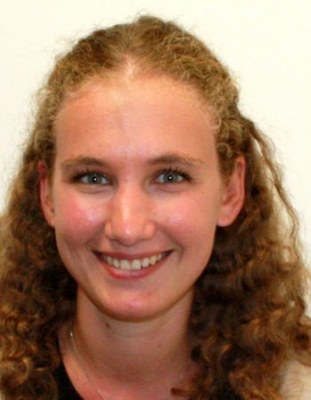Thesis defense: Mélanie Salamito
| When |
Nov 13, 2020
from 02:00 to 05:00 |
|---|---|
| Where | salle des thèse / visio |
| Contact Name | Mélanie Salamito |
| Attendees |
Jury members: Pr. Collin Yvès EWALD, Professeur, ETH Zürich, Suisse (Rapporteur); Dr. Alexander NYSTRÖM, PhD, Université de Freibourg, Allemagne (Rapporteur); Pr. Laurent DUCA, Professeur, Université de Reims, France (Examinateur); Dr. Chloé FERAL, DR Inserm, Université de Nice, France (Examinatrice); Dr. Sibylle JÄGER, PhD, L’Oréal R&I, Paris, France (Co-encadrante de thèse); Dr. Florence RUGGIERO, DR CNRS, Université de Lyon, France (Directrice de thèse). |
| Add event to calendar |
|

On November 13th, Mélanie Salamito of the team of Florence RUGGIERO will support his thesis entitled:
"The antioxidant transcription factor NRF2 as a new regulator of the extracellular matrix in human skin fibroblasts."
Abstract:
The nuclear factor-erythroid 2-related factor 2 (NRF2) is a transcription factor involved in cell defense against oxidative and xenobiotic stresses. SKN-1, the nematode homologue of NRF2 is a master regulator of longevity that, under specific metabolic conditions, surprisingly acts through the activation of collagens expression. Fibroblasts are the major producers and organizers of collagen-rich tissues and, as such, play a key role in dermis homeostasis. Therefore, we investigated the potential new role of NRF2 in regulating extracellular matrix (ECM) expression in human skin fibroblasts. Dysregulation of NRF2 was realized using siRNA and shRNA. A global transcriptomic analysis of siNrf2 human skin fibroblasts performed by RNA-seq revealed that, in addition to known NRF2 targets, matrisome and tissue skeleton genes were the most represented gene sets, including some key ECM genes. Analysis of ECM production and organization was further conducted in cultured shNrf2 fibroblasts using a combination of microscopies (SHG, confocal, TEM and AFM). Long-term effect of silencing NRF2 in fibroblasts (shNrf2) resulted in defects in collagen expression and fibril formation, likely due to a disturbed collagen I to collagen V ratio. Interestingly, a transcription factor involved in connective tissue disease and described as a regulator of collagen expression was identified as a novel target of NRF2. Immunofluorescence staining of silenced NRF2 fibroblasts (siRNA and shRNA) strikingly revealed that NRF2 downregulation impacts its translocation rate into the nucleus. Our results demonstrate that silencing NRF2 impacts ECM and especially collagens in human skin fibroblasts. A transcription factor known to regulate collagen expression, could act as a specific cofactor of NRF2 in the regulation of ECM gene expression. NRF2 can thus be considered as a novel regulator of ECM genes in human skin fibroblasts and represents a new target to maintain dermis homeostasis.
The defense will be in english.


